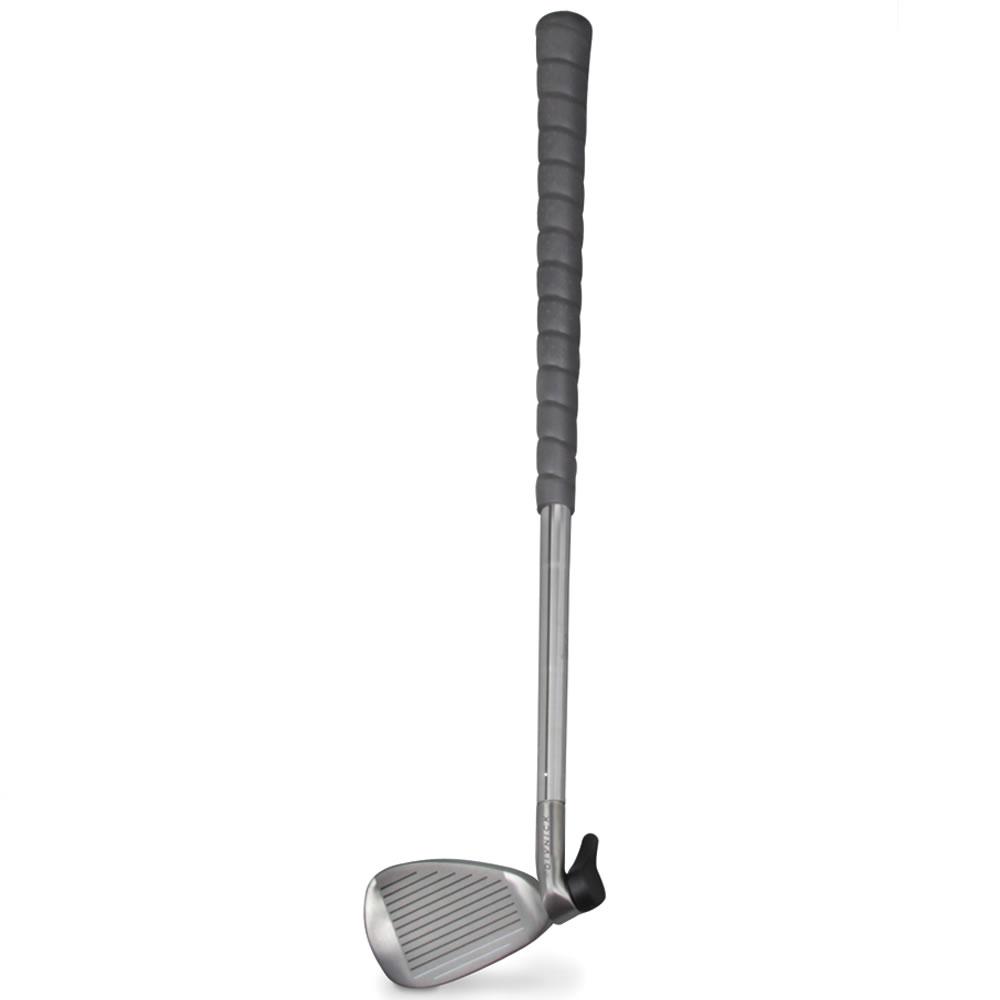The evolution of golf equipment has witnessed remarkable advancements driven by material innovations and technological enhancements. These breakthroughs have significantly transformed the game, empowering golfers with improved accuracy, distance, and control. This article provides an in-depth exploration of these advancements, highlighting the scientific principles underlying the development of next-generation golf equipment.
– Material Innovations in Golf Clubs: From Steel to Graphite and Beyond
Material Innovations in Golf Clubs: From Steel to Graphite and Beyond
The evolution of golf clubs has been marked by significant advancements in materials, leading to remarkable improvements in performance and player experience. From the early days of wooden clubs to the modern-day masterpieces of engineering, the materials used in golf clubs have played a pivotal role in shaping the game.
One of the most notable innovations was the transition from steel shafts to graphite. Steel shafts, once the industry standard, offered durability and precision but were relatively heavy and unforgiving. The introduction of graphite in the late 1980s revolutionized the golf industry with its combination of lightweight and enhanced feel. Graphite shafts allowed for faster swing speeds and increased ball distance, while also reducing vibration and improving control. Today, graphite shafts dominate the market, offering a wide range of options tailored to different player preferences.
Beyond graphite, other materials have also made their mark on golf club design. Titanium, known for its strength and weight-to-strength ratio, has become a popular choice for drivers and other long clubs. Its lightweight properties allow for larger clubheads and increased forgiveness, while its high strength ensures durability and longevity. Composite materials, such as carbon fiber and fiberglass, have also gained traction due to their lightweight and stiffness properties, contributing to improved accuracy and power.
- Advanced Shaft Technologies: Lightweight, Flexible, and Durable
Advanced Shaft Technologies: Lightweight, Flexible, and Durable
Modern golf shafts are a testament to the remarkable advancements in material science and engineering. Today’s shafts are meticulously designed to enhance performance and cater to the unique needs of golfers at all skill levels.
One of the most significant innovations is the use of lightweight materials. Graphite, a type of carbon fiber, has become the preferred choice in high-performance shafts. Its exceptional strength-to-weight ratio enables manufacturers to create shafts that are both lightweight and remarkably stiff, allowing for a faster swing speed and increased accuracy.
Moreover, advanced manufacturing techniques have led to the development of shafts with improved flexibility and feel. By manipulating the carbon fiber weave and distributing the material strategically, engineers can create shafts that offer a balance between stability and responsiveness. This allows golfers to generate more power while maintaining precise control over their shots.
- Golf Ball Enhancements: Enhanced Aerodynamics and Distance
Golf Ball Enhancements: Enhanced Aerodynamics and Distance
Advances in material science and engineering have brought significant improvements to golf balls, with the primary focus on enhancing aerodynamics and maximizing distance.
Aerodynamic Enhancements:
Dimple patterns: Modern golf balls feature optimized dimple patterns that effectively reduce drag and improve lift. These dimples create a turbulent boundary layer around the ball, promoting consistent flight and reducing wind resistance.
Materials: Advanced materials, such as ultralightweight polymers, allow for the creation of ball shells with optimized surface textures. These textures further reduce drag and promote laminar flow, leading to longer and straighter shots.
Distance Enhancements:
Core design: High-performance golf balls employ multi-layer core designs that optimize energy transfer. Inner cores, made of elastic polymers, provide exceptional resilience, while outer cores are designed to maximize compression and generate more distance.
Shell thickness: The thickness and profile of the ball’s shell influence its flight performance. Thinner shells promote higher initial velocity, while thicker shells enhance spin and control.
* Coefficient of restitution (COR): COR, a measure of a ball’s bounciness, has been pushed to its physical limits by advancements in materials and construction. Higher COR results in greater ball velocity off the clubface, translating into extra distance.
– Smart Golf Equipment: Integrating Technology for Precision and Performance
Smart Golf Equipment: Integrating Technology for Precision and Performance
Golf equipment has undergone a technological revolution in recent years, with the integration of cutting-edge advancements aimed at enhancing precision and overall gameplay. Smart golf equipment utilizes advanced sensors, data analytics, and connectivity to provide players with real-time feedback and insights to optimize their swing, club selection, and course strategy.
For example, smart golf balls are embedded with sensors that track metrics such as swing speed, spin rate, and launch angle. This data can be analyzed through a companion app, allowing golfers to identify areas for improvement and make adjustments accordingly. Additionally, smart clubs are equipped with embedded sensors that measure swing parameters and provide personalized feedback via a display on the club itself or compatible mobile devices.
The integration of GPS and mapping technology into smart golf watches has revolutionized on-course navigation and strategy. These watches provide golfers with accurate distance measurements to the pin, hazards, and other targets. They also offer interactive scorecards, stroke and putt tracking, and access to real-time course information to aid in club selection and course management.
– Recommendations for Golfers: Selecting the Best Equipment for Your Game
Beyond the technology in performance, golf equipment manufacturers are also prioritizing durability, comfort, and versatility. High-quality materials like carbon fiber and titanium are being utilized to create clubs that can withstand high impact and harsh weather conditions. Ergonomic grips and adjustable shafts ensure comfort during extended play, while hybrid clubs combine the best features of irons and woods to provide versatility and adaptability on the course.
Specifications and Measurements
Selecting the right equipment requires careful consideration of factors like shaft length, clubhead weight, grip size, and swing tempo. Golfers should undergo professional club fittings to determine the optimal specifications based on their unique physical characteristics and playing style. Proper fitting can significantly improve accuracy, distance, and overall game performance.
| Fitting Parameter | Impact on Performance |
|—|—|
| Shaft Length | Influences club speed, trajectory, and accuracy |
| Clubhead Weight | Affects swing weight and distance control |
| Grip Size | Maximizes comfort and grip stability |
| Swing Tempo | Determines shaft flex and club selection |
advancements in golf equipment are continuously transforming the sport through innovative material compositions and cutting-edge technologies. These developments not only enhance the performance of golfers but also shape the strategies and mechanics employed on the course. As the industry progresses, it is anticipated that future innovations will further refine club designs, optimizing distance, accuracy, and feel while opening new possibilities for player advancement.





